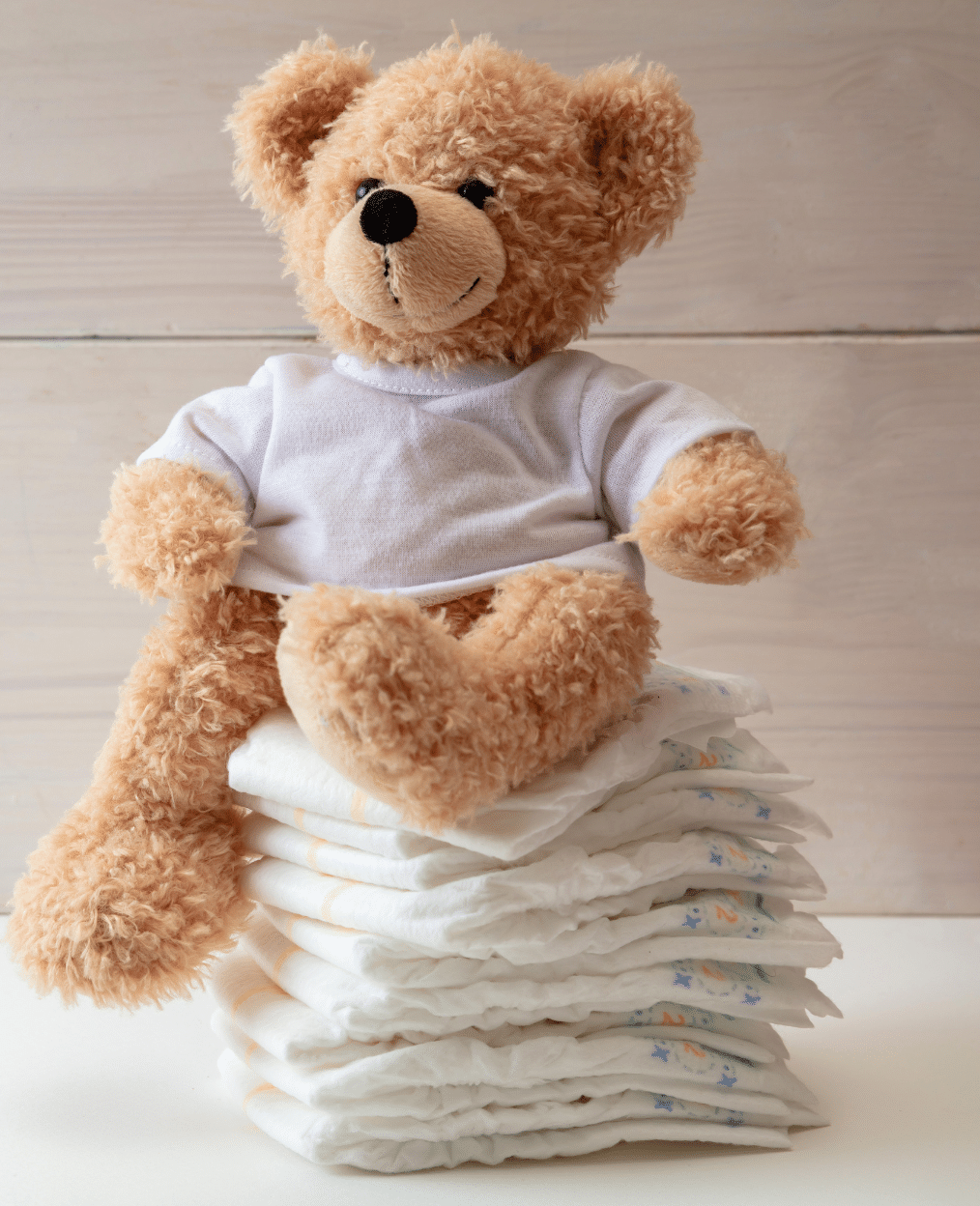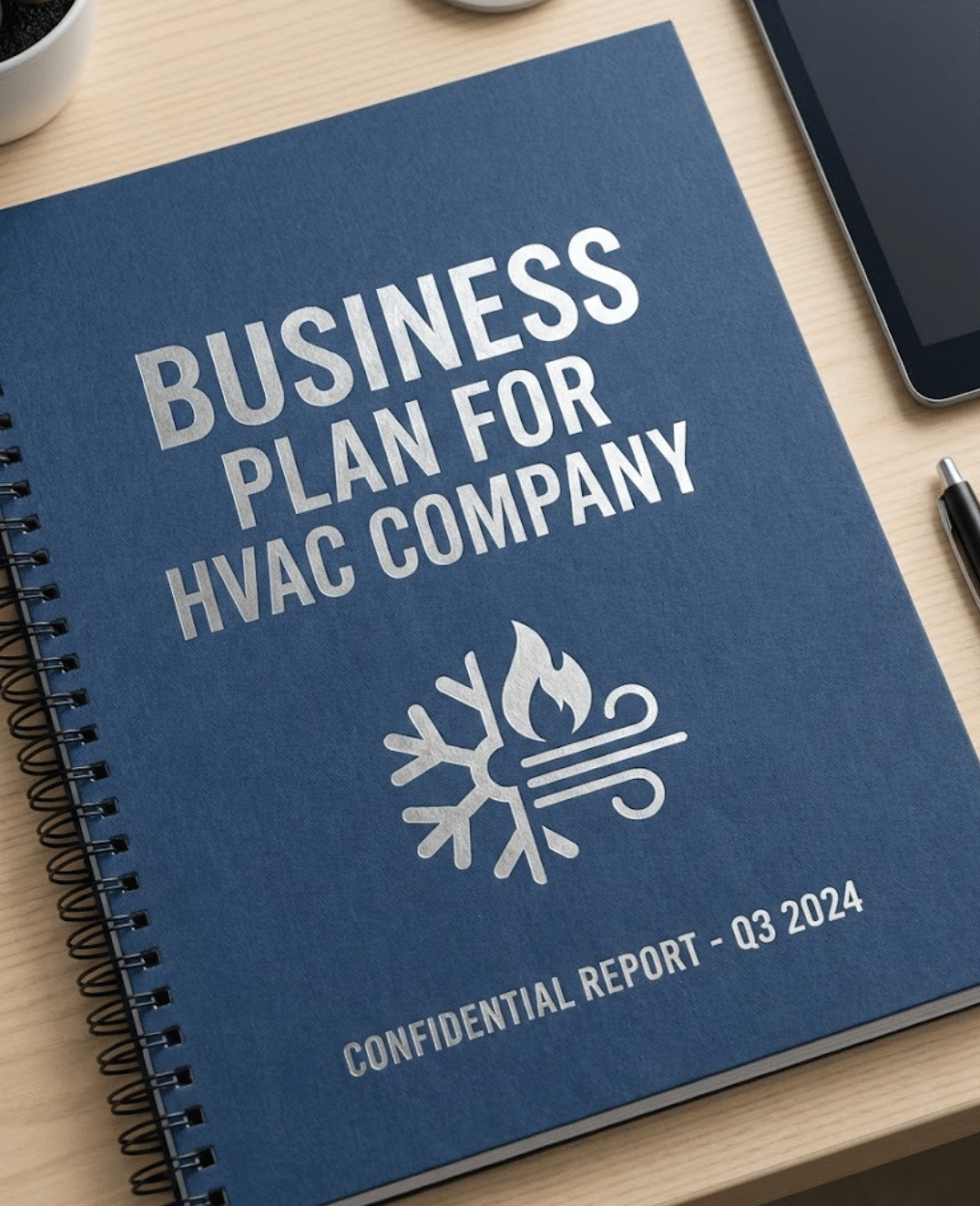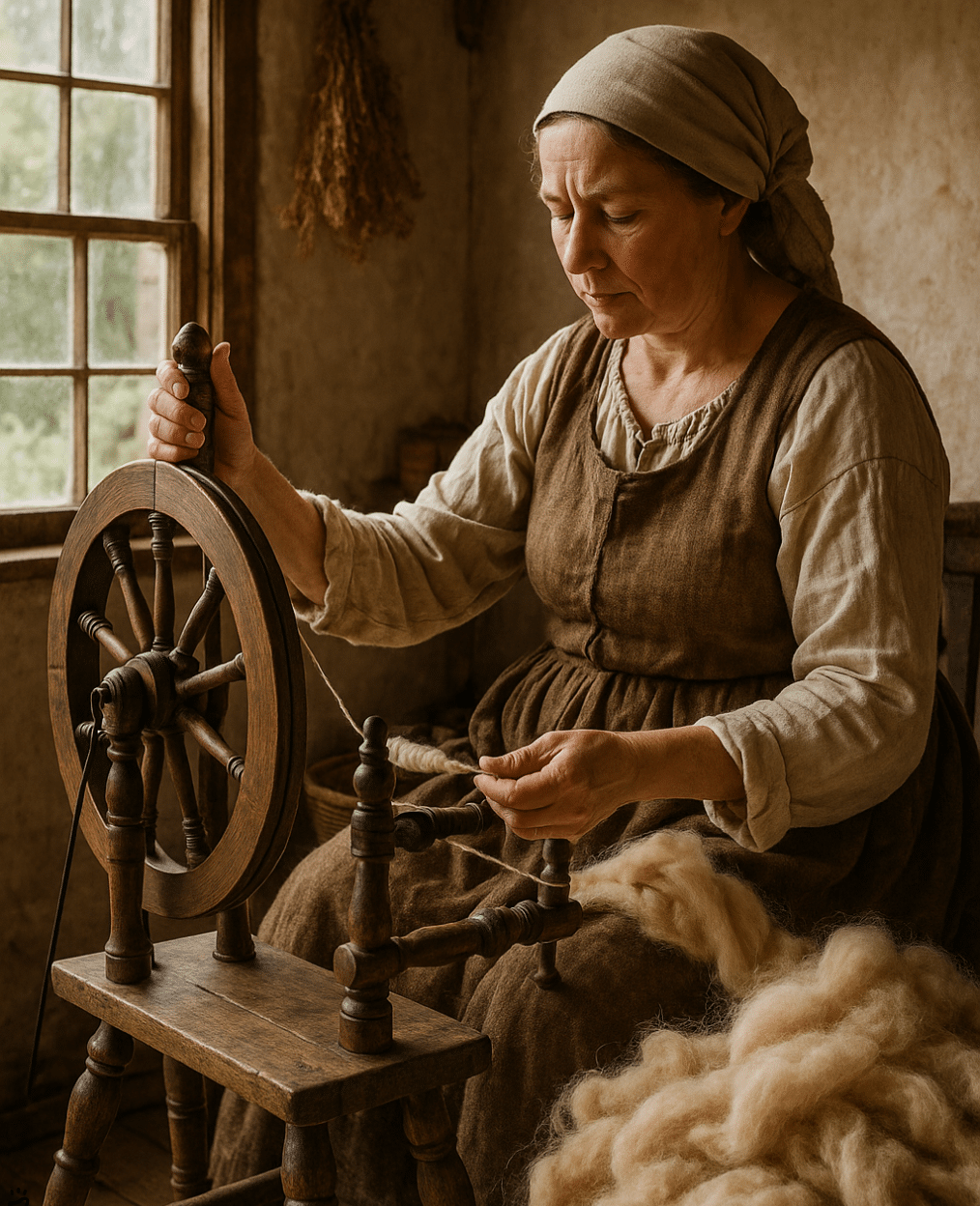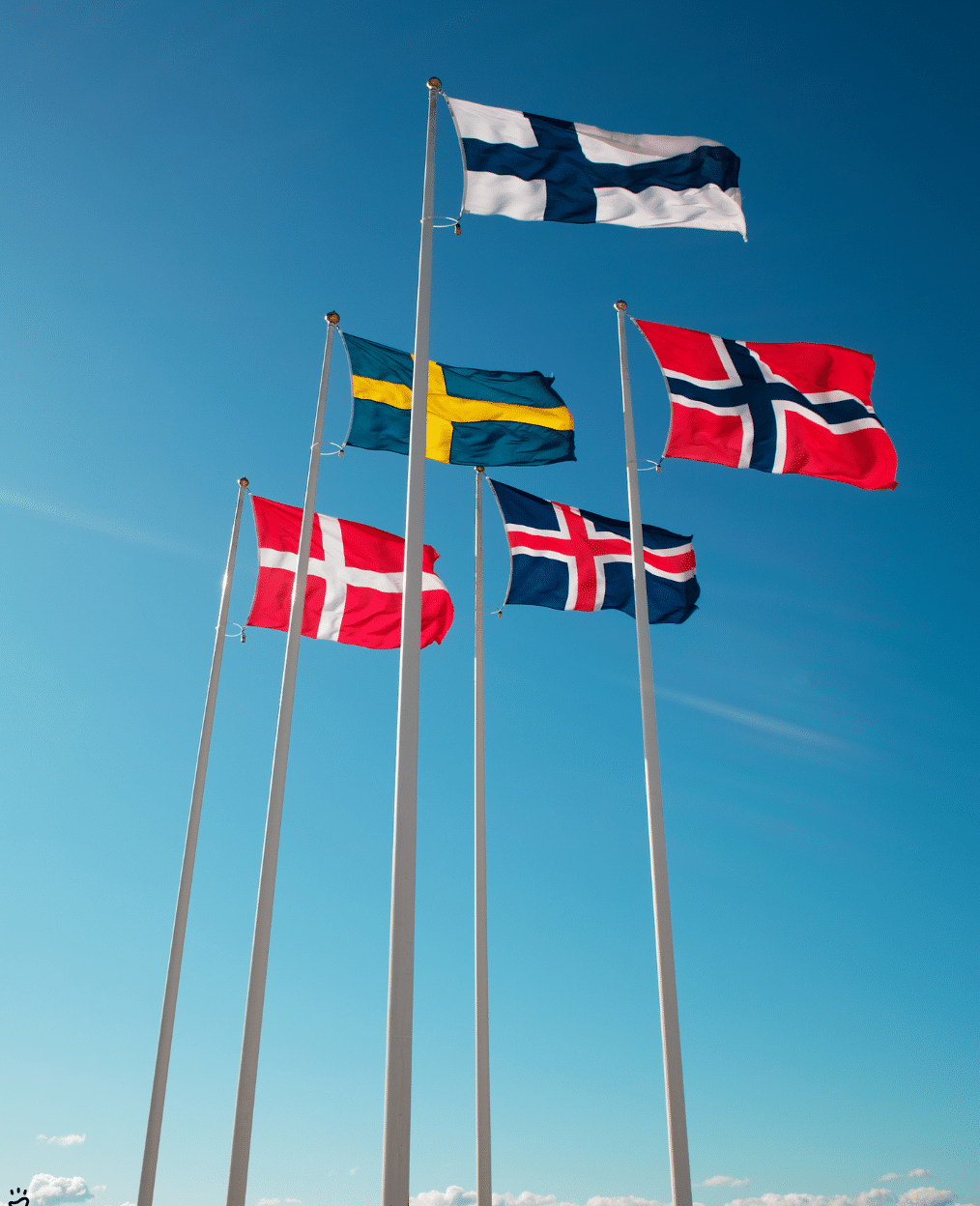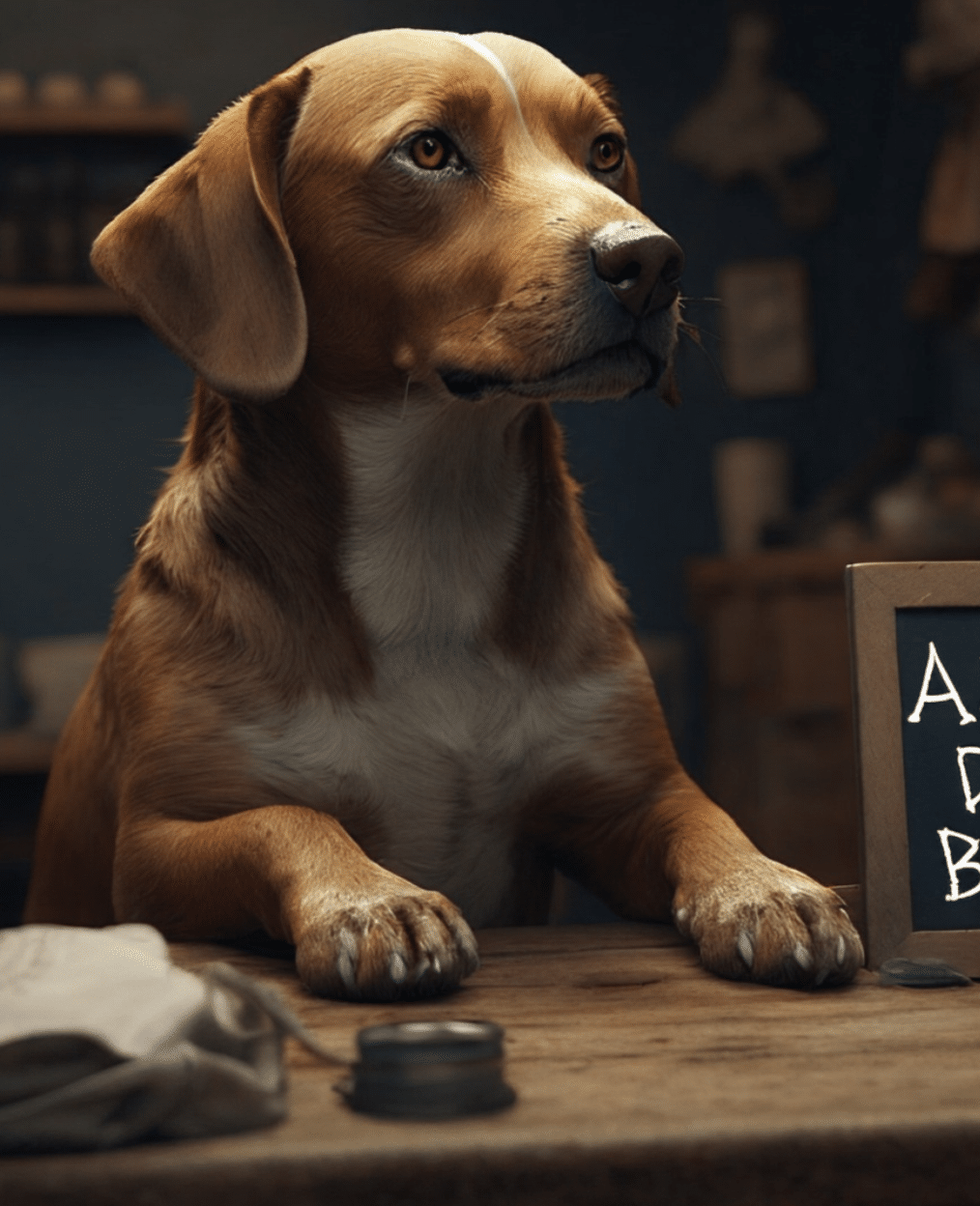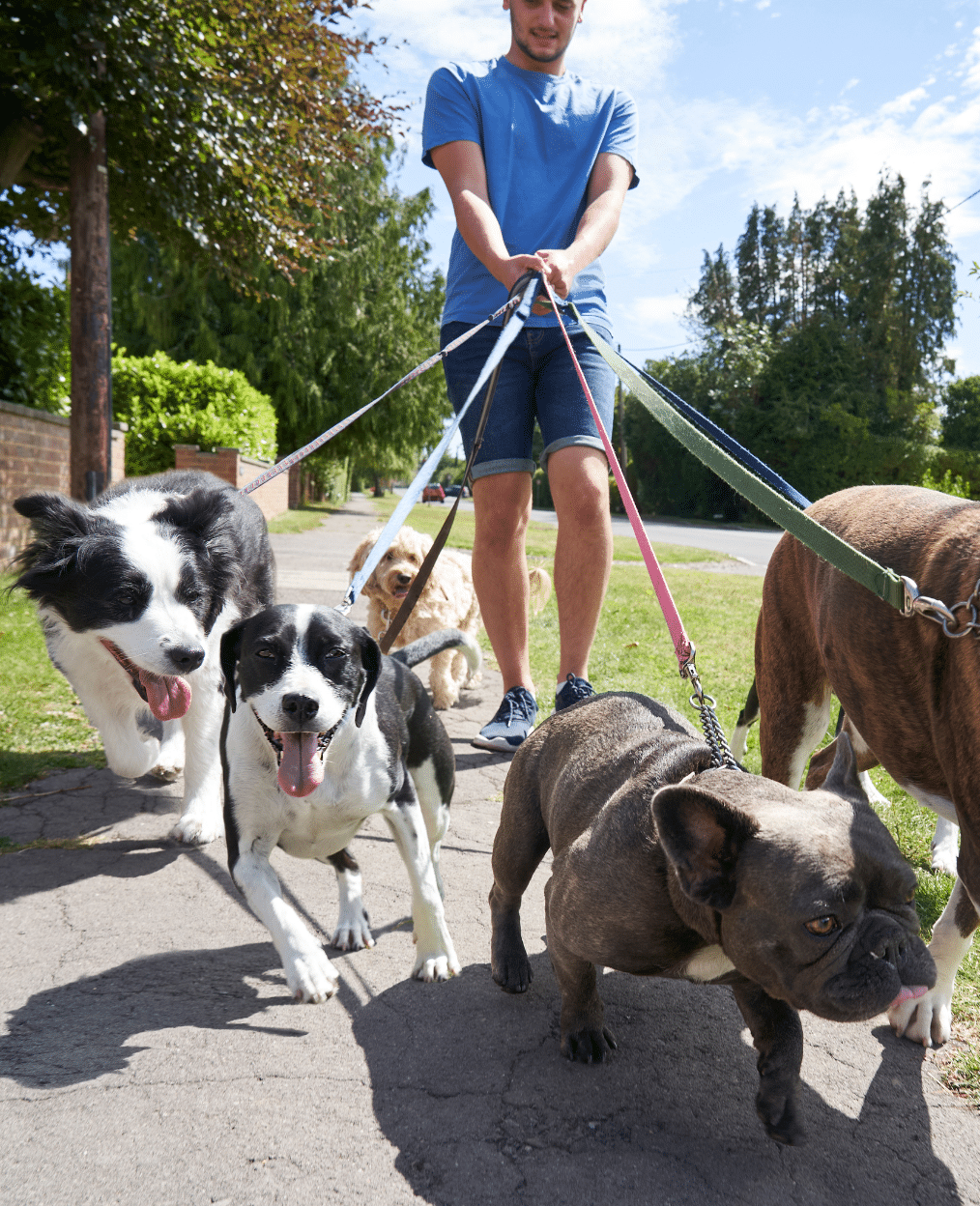As a distributor of diapers, you can enter a lucrative industry that plays a crucial role in helping parents care for their babies.
The global baby diapers market size is expected to reach USD 121.15 billion by 2030, registering a CAGR of 4.9% over the forecast period, according to a new report by GrandView Research, Inc, and there is a significant demand for high-quality, affordable diapers.
By becoming a diaper distributor, you can capitalize on this demand while providing a valuable service to parents. In this guide, we will provide you with a step-by-step process on how to become a distributor of diapers.
For the purpose of this article, we will use the name “Happy Tots Distribution” to illustrate the step-by-step process of becoming a diaper distributor.
1- Understanding the Market

Before asking the question how to become a distributor of diapers? it is essential to conduct market research to understand the market size and potential growth ( AGR), the latest market trends, target consumers, and competitors. You could also do a SWOT analysis to identify and analyze the company’s internal strengths and weaknesses, as well as its external opportunities and threats. It also helps us understand the company’s current position and make informed decisions about future goals and strategies.
There are different types of diapers in the market, including cloth diapers, disposable diapers, and biodegradable diapers. Cloth diapers are environmentally friendly, but they require more maintenance than disposable diapers. Disposable diapers are more convenient but can be expensive in the long run. Biodegradable diapers are a more environmentally friendly alternative to disposable diapers. Knowing the different types of diapers will help you to make the right decisions when selecting the type of diapers, you want to distribute.
For example, Happy Tots Distribution conducted market research and found that there is a growing demand for eco-friendly diapers in the Midwest region of the United States. Parents in the region are increasingly looking for affordable and sustainable diaper options, which presents an opportunity for a distributor of eco-friendly diapers.
2- Choose the Diaper Brands

Once you understand the market, the next step is to select a diaper brand to distribute. Consider the reputation of the brand, the quality of the diapers, and the price. You should also look for a brand that offers excellent customer service and support. When you have selected a brand, reach out to the manufacturer to discuss distribution opportunities.
When selecting a diaper brand, consider the needs of your target market. For example, if your target market is parents who are eco-conscious, consider distributing biodegradable diapers. If your target market is parents who value convenience, consider distributing disposable diapers. Selecting the right brand will help you to meet the needs of your target market and differentiate your business from competitors.
For Happy Tots Distribution, the next step is to select a diaper brand to distribute. We recommend considering the needs of our target market, which are parents with newborns and young children. In line with this, we will be looking for a diaper brand that offers high-quality and affordable diapers that are gentle on babies skin.
To select the right brand, we will conduct thorough research on the reputation, quality, and price of different diaper brands in the market. We will also look for a brand that offers excellent customer service and support. By selecting a brand that meets the needs of our target market, we can differentiate ourselves from competitors and gain a competitive advantage.
Once we have identified a brand that aligns with our business goals, we will reach out to the manufacturer to discuss potential distribution opportunities. This will involve negotiating favorable terms and conditions, such as the pricing and delivery schedule, to ensure that we can offer our customers the best value for their money.
3- Develop a Business Plan
A business plan is essential for any startup, including a diaper distribution business. Your business plan could be as follows:
EXECUTIVE SUMMARY:
Our business, Happy Tots Distribution, will distribute high-quality, eco-friendly diapers to parents in the Midwest region. Our target market is parents who are looking for affordable and environmentally sustainable diaper options. Our goal is to become the leading distributor of eco-friendly diapers in the region. We project to achieve a revenue of $500,000 in our first year of operation.
MARKET RESEARCH:
Our market research indicates that there is a growing demand for eco-friendly diapers in the Midwest region. Our competition includes both traditional diaper brands and other eco-friendly diaper distributors. We will differentiate ourselves by offering high-quality, affordable, and environmentally sustainable diapers.
PRODUCTS AND SERVICES:
We will distribute eco-friendly diapers that are made with natural and biodegradable materials, free from harmful chemicals and dyes. Our diapers will be available in various sizes and styles, and we will also offer wipes and diaper accessories. We will partner with eco-friendly diaper manufacturers who share our values and standards for quality.
MARKETING AND SALES:
We will market our diapers through social media platforms like Facebook and Instagram, as well as parenting blogs and websites. We will offer promotions like discounts and free samples to attract new customers and retain existing ones. Our sales channels will include online orders through our website and local retailers who share our values and vision.
FINANCIAL PROJECTIONS:
Our startup costs will include purchasing inventory, marketing expenses, and legal fees. We project our total startup costs to be $100,000. Our revenue projections for the first year are $500,000, with a net profit margin of 20%. We will reinvest a portion of our profits into marketing and expanding our product line in subsequent years.
Overall, our business plan will guide us as we launch and grow our diaper distribution business. We will regularly review and adjust our plan to ensure that we are meeting our goals and responding to market changes.
4- Registering Your Business
Once you have developed a business plan, you should register your business with the relevant authorities. You will need to obtain a business license and any other necessary permits to operate legally in your jurisdiction. Consult with a business lawyer or accountant to ensure that you comply with all legal and regulatory requirements.
For Happy Tots Distribution, the next step after developing our business plan is to register our business with the relevant authorities. This will involve obtaining a business license and any other necessary permits to operate legally in our jurisdiction.
To ensure that we comply with all legal and regulatory requirements, we will consult with a business lawyer or accountant. This will ensure that we have a clear understanding of the registration process and the necessary steps we need to take to obtain the required licenses and permits.
In addition to registering our business, we will also need to establish a business entity, such as a Limited Liability Company (LLC) or Corporation. This will protect us from personal liability in the event of any legal or financial issues that may arise in the course of our business operations.
By taking the necessary steps to register our business and establish a legal entity, we can operate our diaper distribution business with confidence and in compliance with all relevant laws and regulations.
5- Building Relationships with Retailers
Retailers are your customers, and they are the ones who will sell your diapers to end consumers. Reach out to retailers in your area and offer them your products at competitive prices. Build trust with your retailers by providing excellent customer service and support.
In the case of Happy Tots Distribution, building strong relationships with retailers is crucial to the success of the business. As a diaper distributor, retailers are your customers, and they are the ones who will sell your diapers to end consumers. It is important to reach out to retailers in your area and offer them your products at competitive prices.
To build trust with retailers, you need to provide excellent customer service and support. Consider the following tips when building relationships with retailers:
- Understand the needs of the retailer: Different retailers have different needs, so it is important to tailor your approach to each retailer. For example, some retailers may require a lower price point to attract budget-conscious customers, while others may value high-quality, premium diapers.
- Offer incentives: To attract and retain retailers, consider offering incentives such as discounts, free samples, and marketing support. These incentives can help you stand out from competitors and build strong relationships with your retailers.
- Communicate regularly: Maintain regular communication with your retailers to understand their needs, provide updates on new products or promotions, and address any concerns or issues. Regular communication can help you to build a strong relationship with your retailers and stay on top of any issues or challenges.
- Provide excellent customer service: Make sure to provide excellent customer service to your retailers. This includes responding to inquiries promptly, providing accurate and timely information, and addressing any issues or concerns quickly and professionally. Good customer service can help you build a loyal customer base and increase your sales.
By following these tips and building strong relationships with retailers, Happy Tots Distribution can successfully distribute their diapers and increase their sales and profits.
6- Establishing a Distribution Network
To distribute your diapers effectively, you need to establish a distribution network. Consider partnering with logistics companies that can help you manage your inventory, store and transport your diapers, and deliver them to your retailers. You can also consider setting up your own distribution center, depending on the size of your business.
To effectively distribute Happy Tots diapers, it’s crucial to establish a reliable distribution network. You can partner with logistics companies that specialize in inventory management, warehousing, and transportation to help you store and deliver your products. Alternatively, you can consider setting up your own distribution center if your business is large enough.
When setting up your distribution network, consider the following factors:
- Location: Choose a location that is convenient for your retailers and central to your target market.
- Inventory management: Implement a system for tracking your inventory levels, monitoring demand, and restocking your inventory when necessary.
- Transportation: Ensure that you have a reliable transportation system to deliver your Happy Tots diapers to your retailers in a timely and cost-effective manner.
- Quality control: Implement strict quality control processes to ensure that your Happy Tots diapers meet high standards of quality and safety.
7- Marketing Your Business
To successfully distribute your diapers and build a profitable business, it is crucial to effectively market your products to your target audience. This involves creating a strong brand identity, leveraging social media, attending trade shows, and offering promotions. By following these tips and strategies, you can increase brand awareness, attract new customers, and differentiate your business from competitors. In the following section, we will dive deeper into each of these marketing strategies to help you create an effective marketing plan for your diaper distribution business.
- Build a strong brand: Developing a strong brand identity is crucial for standing out in a competitive market. Choose a brand name, logo, and packaging design that appeals to your target market. Your brand should communicate the quality and value of your products while differentiating you from competitors.
- Leverage social media: Social media is a powerful tool for connecting with your target audience and building brand awareness. Use social media platforms like Facebook, Instagram, and Twitter to share information about your products, engage with your customers, and showcase your brand’s values and personality.
- Attend trade shows: Attending trade shows is an excellent way to network with industry professionals, showcase your products, and learn about the latest industry trends. This is an opportunity to connect with potential retailers, suppliers, and partners.
- Offer promotions: Offering promotions such as discounts, free samples, and other incentives is an effective way to attract new customers and retain existing ones. Consider partnering with influencers or mommy bloggers to promote your products to their followers and increase brand exposure.
- Focus on your target audience: Understand your target market’s needs and preferences, and tailor your marketing efforts accordingly. For example, if your target market is parents who value eco-friendliness, emphasize the eco-friendliness of your products in your marketing materials.
- Collect customer feedback: Collecting customer feedback is essential for improving your products and services. Listen to your customers’ feedback and use it to make improvements to your products and marketing strategies.
Overall, building a strong brand, leveraging social media, attending trade shows, offering promotions, focusing on your target audience, and collecting customer feedback are all crucial elements of marketing your diaper distribution business effectively.
Wrap Up: How to Become a Distributor of Diapers

In conclusion, How to Become a Distributor of Diapers is a challenging but rewarding business venture that can provide a valuable service to parents and caregivers of infants and young children. Diapers are a necessity for parents, and as the global population continues to grow, the demand for diapers is expected to rise, making it a lucrative industry to enter.
To succeed as a diaper distributor, it’s crucial to understand the market and the needs of your target audience. Choosing the right brand to distribute is also essential, as it will impact the quality and reputation of your business. Developing a solid business plan and registering your business with the relevant authorities are crucial steps to ensuring you comply with all legal and regulatory requirements.
Establishing strong relationships with retailers is also important, as they are your customers and will sell your diapers to end consumers. Providing excellent customer service and support and tailoring your approach to each retailer’s needs can help build trust and foster long-term partnerships.
An efficient distribution network is essential to ensure your diapers reach your retailers and customers in a timely and cost-effective manner. Partnering with logistics companies or setting up your own distribution center can help manage inventory, track demand, and maintain quality control.
Effective marketing strategies can also help build brand awareness and attract new customers. Leveraging social media platforms, attending trade shows, and offering promotions are just a few ways to promote your business and products. By following these steps, you can build a successful and profitable diaper distribution business.
FAQ
Q: How to start a diaper business?
A: To start a diaper business, you need to research the market and select a reputable brand of diapers to distribute. Then, you should develop a business plan, obtain necessary licenses and permits, build relationships with retailers, establish a distribution network, and effectively market your diapers to your target audience.
Q: Is a diaper business profitable?
A: Yes, a diaper business can be profitable, especially if you target a specific niche market or geographic region with high demand for diapers. However, like any business, success depends on factors such as competition, pricing strategy, and operational efficiency.
Q: Who is the largest manufacturer of diapers?
A: Procter & Gamble, which owns the Pampers and Luvs brands, is the largest manufacturer of diapers in the world. Other major manufacturers include Kimberly-Clark (Huggies) and Unicharm (Moony, MamyPoko).
Q: How much should I pay per diaper?
A: The cost per diaper depends on factors such as the brand, size, and quantity purchased. On average, disposable diapers can cost anywhere from $0.15 to $0.50 per diaper, while cloth diapers can cost around $15 to $30 per diaper. As a distributor, your cost per diaper will be lower due to bulk purchasing, but it’s important to price your diapers competitively to attract retailers and end consumers.
Q: How long does it typically take to establish a successful diaper distribution business?
A: The timeline for establishing a successful diaper distribution business can vary depending on various factors such as market demand, competition, and distribution network. It is important to have patience, persistence, and dedication to growing your business over time.
A quick overview of the topics covered in this article.
Latest Posts
December 21, 2025
December 21, 2025
Subscribe to our newsletter
Get valuable insights and business guidance sent to your email.

